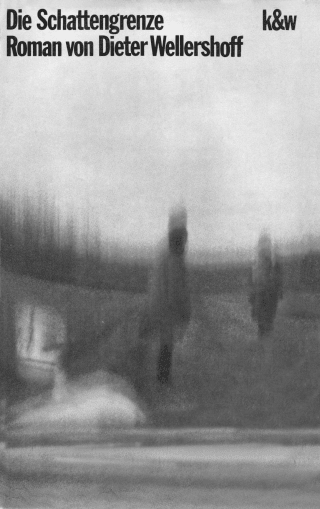Wellershoff’s second novel “Die Schattengrenze” both takes up and shatters the modern crime-novel convention of being narrated from the persecuted perpetrator’s point of view. It tells the story of a man who, under pressure from his environment and as revenge for his own failure, commits a secret crime, becomes increasingly entangled and now realizes he is about to be tracked down. All of this occurs in a quickly shifting crescendo of events and impressions, a flickering series of images of fear and illusion, and it becomes increasingly clear that this is the story of a progressing derealization, a rapid character dissolution in a world viewed in increasingly delusional terms. The perpetrator becomes indistinguishable from a victim of societal constraints, which act within him as a self-destructive force, competitive struggle and fear of isolation – reaching all the way into the intimacy of his sexuality, and growing and distorting into a threatening paranoiac connection that forces him to flee yet from which he cannot escape. In contrast to Wellerhoff’s first novel “Ein schöner Tag” (“A Beautiful Day”), “Die Schattengrenze” doesn’t unfold chronologically but functions according to a higher-level chronology – with jumps in time and space, cuts and dissolves and various repetitions of individual events – which reflects the protagonist’s agitated, increasingly warped experiences.














